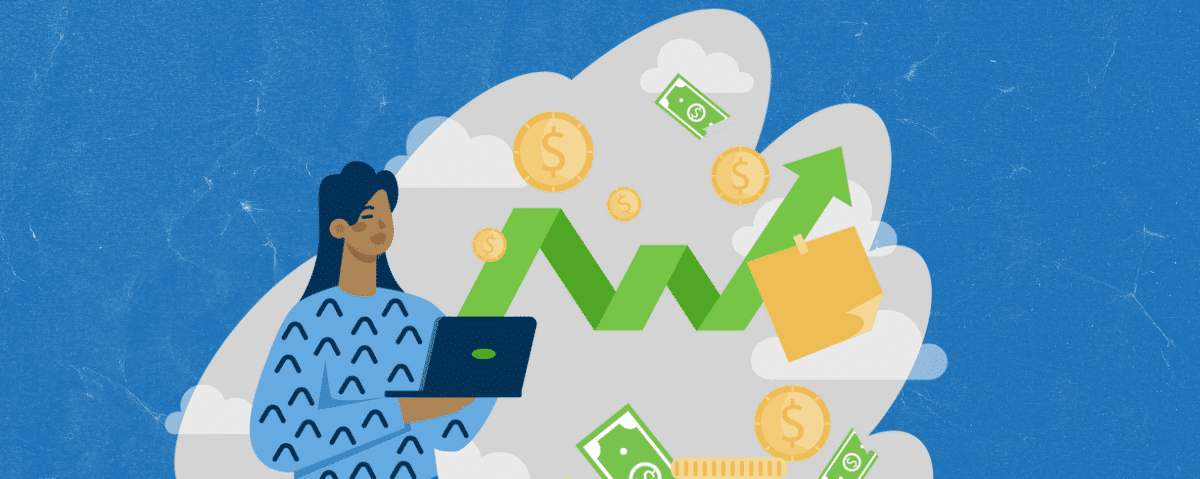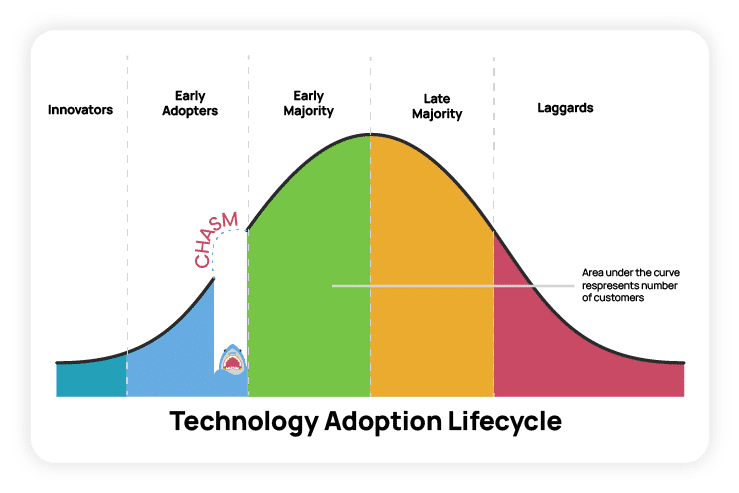
In this article by Dan Cakora, Business Consultant at Vendavo, learn the benefits of maximizing profit, enhancing brand perception, and enabling faster cost recovery with price skimming techniques and strategies.
Ever wondered why the price of a new Apple iPhone starts so high when introduced? Or why Tesla electric vehicles are positioned as a premium product? In both cases, Apple and Tesla are engaging in the strategy of price skimming. What is price skimming? When is it used, and what are a few pros and cons of the strategy? Read on to find out if it might be appropriate for your products.
What is Price Skimming?
Price skimming is a strategy in which a company initially sets a high price for a new product or service and gradually reduces it as the product gains wider adoption. This approach is often used to target customers who perceive high value in the new product and appreciate its novelty. Price skimming is most effective during the early stages of the Technology Adoption Lifecycle, particularly for customers who are considered innovators and early adopters.

As indicated by their name, “Innovators” are the first group to adopt a product or technology. They are part of a niche group and probably have a connection to the new product or service that is being introduced. They provide a critical service of validating fit and spreading awareness of the product or service. This is usually a very small group, so it is difficult to extract large profits from customers at this stage. It’s usually better to think of the “profit” in terms of market validation and a dedicated group of core customers that can evangelize the product.
“Early Adopters” are often influencers in their social group. They serve as informal gatekeepers that either generate buzz for a product or snuff it out before it has a chance to find wider adoption. Part of the appeal of a new product may be the additional features, but much of the appeal is derived from the exclusivity of having a premium product. Because of this, “Early Adopters” tend to be willing to pay a premium for the latest-and-greatest gadgets and services.
Also read: Willingness to Pay: Understanding WTP and Using it for Optimal Pricing
Adapt Price Skimming Across the Lifecycle
As a product is adopted by later stage lifecycle customers, the price strategy must mature accordingly. Increased competitive pressure combined with a need to capture a larger share of the market drives the need to reduce prices over time. The Early and Late Majority will have many similar products to choose from, so a competitive price for these groups is a must. Laggards often must be enticed to buy a product by offering discounts or promotions.
Where is Price Skimming Most Used?
Price Skimming can be very profitable while the opportunity exists. It is most prevalent in:
- Technological Consumer Goods
For example, the Apple iPhone and various models of Tesla have disrupted two well-established markets. In scenarios like these, price skimming can be employed to capitalize on certain customers’ willingness to pay a premium for the latest features and functionalities. - Luxury Goods
High-end luxury brands often utilize price skimming to maintain an aura of exclusivity. By setting high prices for their products, these brands attract affluent customers seeking status symbols. - Pharmaceuticals
Pharma companies often use price skimming for new drugs or treatments that address previously unmet medical needs or are otherwise more efficacious treatments. They initially set high prices to recoup research and development costs and establish a return on investment before generic alternatives enter the market.
3 Reasons to Engage in Price Skimming
Why would you consider adding a price skimming strategy to your pricing program? These are the 3 most-common reasons.
- Deliver Maximum Profit
Price skimming enables companies to capture maximum revenue in the early stages of a product’s lifecycle. This approach targets customers willing to pay a premium and allows for increased profitability.
- Heighten Brand Perception
The high initial price in a price skimming strategy can create a perception of exclusivity, quality, and innovation, thereby supporting the brand halo. This enhanced image attracts customers seeking premium products, which can establish a company as a leader in its respective market.
- Enable Faster Cost Recovery
By setting a high price, companies can recover their R&D and initial production ramp-up costs more rapidly.
Businesses have many options for getting their products out there, and a host of different ways to price. Learn more in The Definitive Guide to Pricing Strategy: Types, Benefits, and Best Practices.
Avoid These 3 Common Price Skimming Pitfalls
Not all that glitters is gold. Price Skimming can be effective when done correctly, but pricers should beware of common pitfalls.
- Failure to Evolve the Strategy
High initial prices will deter price-sensitive customers and this limits broad adoption in the beginning. If the initial Price Skimming persists and is never transitioned to a Price Penetration strategy, then the market will remain small.
- Increased Competition
Eye-popping results encourage competitors to enter the market with lower-priced alternatives. As the price gradually decreases due to increased competition, profitability must be managed or can erode over time.
- Negative Customer Perception
Some customers may perceive price skimming as unfair or price gouging. This negative perception can lead to a short-term boost to margins at the cost of long-term customer relationships.
When it’s all said and done, price skimming should be considered another arrow in the quiver of the savvy pricing practitioner. Application varies depending on industry, product characteristics, and market dynamics, but when done well, it can lead to exceptional financial results.
